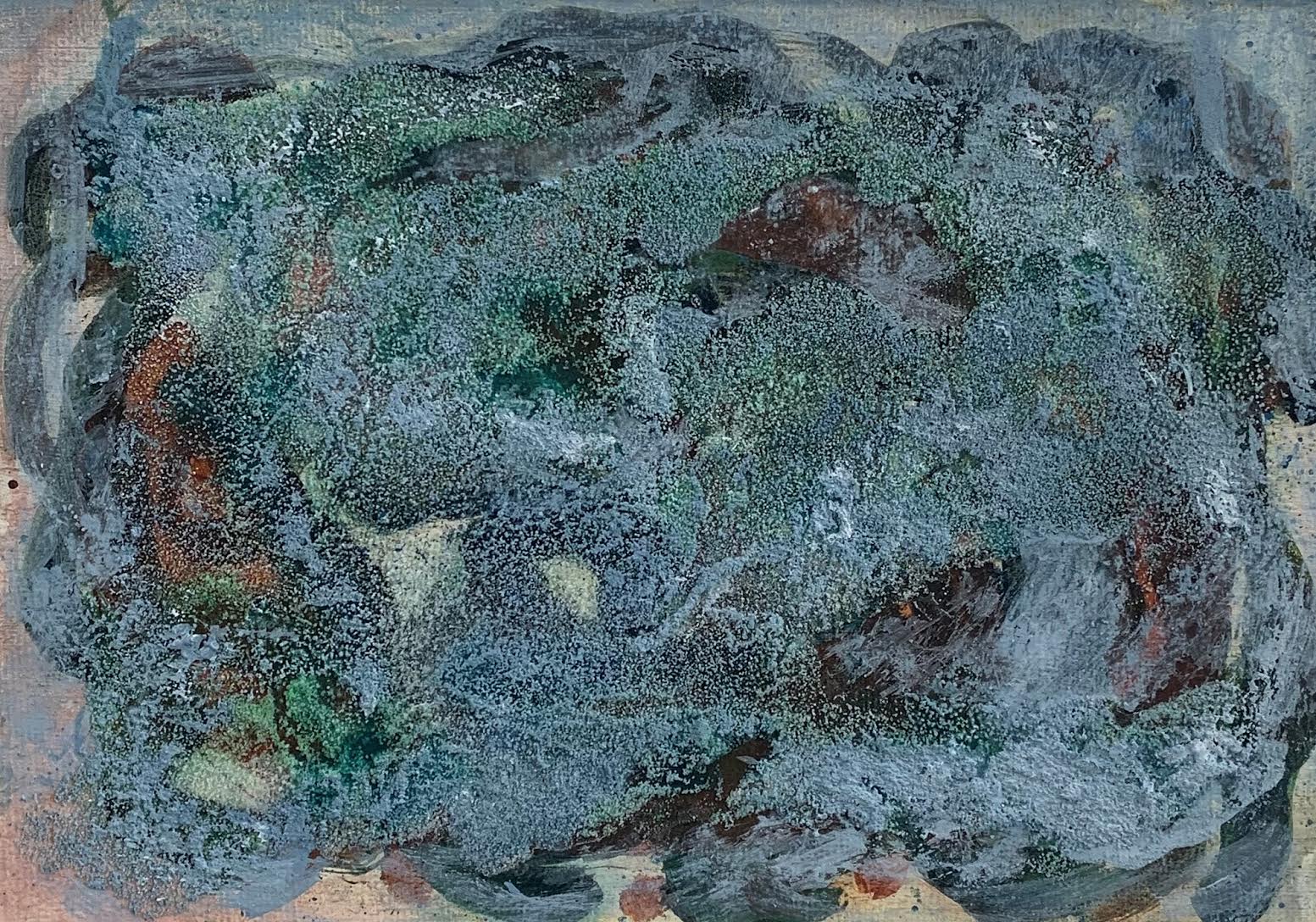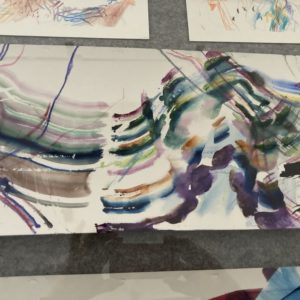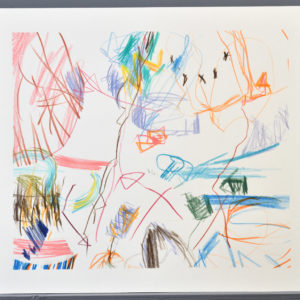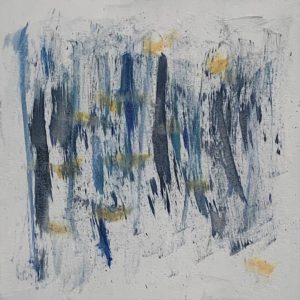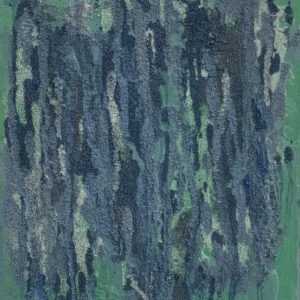£298.00
Lisa Keiko Kirton
Riding on the Kuroshi Current
Mixed media mounted on gesso on canvas, 2020
Image size: 30 x 30 cm,
Mounted size 40 x 40 cm
Description
Lisa Keiko Kirton: Riding on the Kuroshi Current is one from a collection of small mixed-media paintings. They are all on display as part of Japan Water. Lisa Keiko Kirton made them with great intuition and experiment. All of them are about the environment, especially summing up her own experience about the water flows around Japan. Essentially they are small visions of great ideas about water, purity and pollution.
Lisa believes we come from the ocean. As she says: “Now, we have to really respect the ocean where we came from. So many people go to the beach or take a holiday in front of the ocean, but they never think ‘life originated there. ….The ocean ought to be part of us ….even like a ‘mother’. Sadly, we have been consistently polluting the ocean (our mother) with all manner of plastics and waste”.
Lisa Keiko Kirton believes continued care for the ocean to be vital to our existence.
The Kuroshi Current skirts the southern boundary of Japan bringing warm waters. Lisa chose it because it is prone to pollution. Her work carries a subtle message.
About the artist
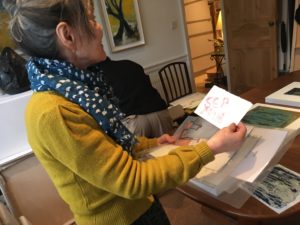
Lisa Keiko Kirton studied at Glassell School of Art, Museum of Modern Art Houston Texas, then she moved to Scotland where she pursued sculpture at the Scottish Sculpture Workshop in Aberdeenshire. Whilst living in Scotland, in addition to metal & bronze sculpture she undertook participatory works, involving local communities, farmers and fishermen, and using amongst other objects, rope, soil and pine trees.
Since moving to London, to a smaller space. she has been mostly limited to two-dimensional works, but has continued to broaden her range of materials; including pine needles, coffee grounds, earth pigments, salt, dyed thread, wax and paint. Therefore, surfaces are sometimes rough or sparkly. Some of her works reflect her fascination with the Jomon period in Japan and the Mesolithic period here. Others include images often reflecting Japanese calligraphic gestures.

